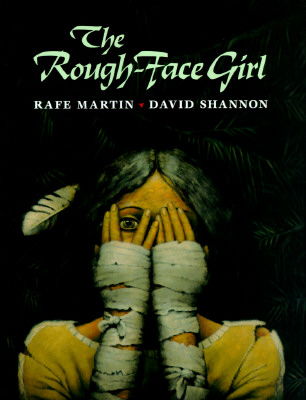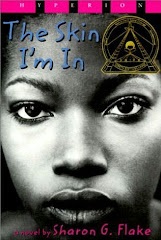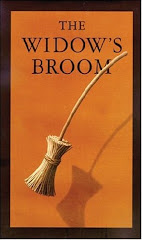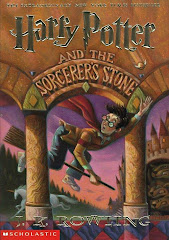A. Eats, Shoots & Leaves
B. Lynne Truss
C. Bonnie Timmons
D. Penguin Group Inc., 2006
E. Picture Book, concept book
F. 2-4
G. This book is a concept book about commas. It begins with the statement that gives the book its name. “A panda walks into the library. He eats a sandwich, then draws his bow and shoots two arrows.” When asked why he does that, the panda responds that that’s what it says he does. The librarian then looks at an entry in a reference book that says that a panda is a “large black-and-white beat-like mammal, native to
H. I am a bit of a grammarian so this book was right up my alley. In addition to being a great informational text on the use of commas, this book provided entertainment as well. The hilarious look at misplaced and misused commas provides a different avenue to teaching grammar than traditional textbooks. Each page provides a statement using a comma with the opposite page showing the same statement but with the comma in a different place. The illustrations are comical pictures of the meaning of each statement.
These illustrations, naive art, are seemingly very simple at first glance, just showing slow children crossing the street or a big, hot dog. However, taking a closer look, you see a lot more detail. On the teacher’s wall, the homework assignments are posted as 1. Skip to the loo, 2.Hum, 3. Kiss a sardine, and many other unconventional homework assignments. My favorite is grandma skipping through the park with her walker held over her head.
I. This is a great way to teach the concept of commas. As the book says, commas are one of the most commonly misused elements of punctuation. After reading the book and explaining commas further, I would have students practice writing sentences using commas and then look into things they had written previously to see if there were places where they need commas.










No comments:
Post a Comment